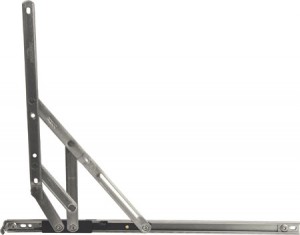I used the 4 steel bar sliding hinge to draft a model that would lift and support a platform on a ramp.
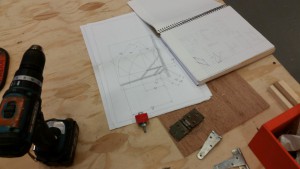
In AutoCAD, I had trouble defining the limitations of movement a multi-axis arm would have. In a meeting with my adviser, I learned that such properties and constrained can be designed in AutoCAD Inventor but learning an entirely new CAD program would be outside of the scope of my project, but it would still be interesting to learn.
The track had too much friction to function like I imagined it and it failed to move the platform into position without more points of constraint. What it did accomplish was creating a leg for vertical compression that would at least ensure that the platform rested in a fail safe arrangement should the pneumatic lose pressure.
The new track and platform builds upon the vertical legs and angled track design. The track has 2 parts, an incline that raises the platform just under the deck and a vertical lift that moves the platform to the level of the deck and places the arms into vertical compression.
I would like to have the arms set in such a way that it would lift the truck of the platform off of the bottom track when the arms swing into vertical, kind of like stilts.

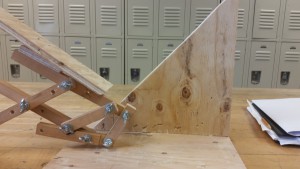
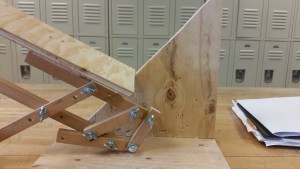
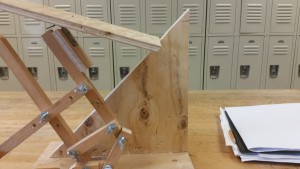
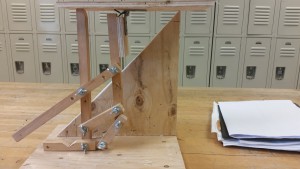
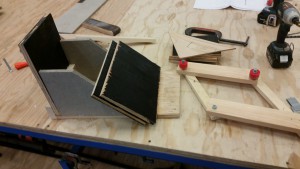
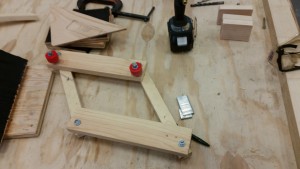
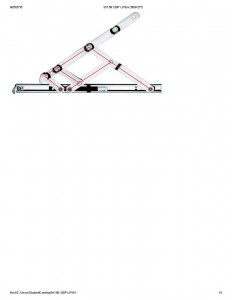
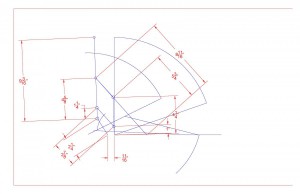
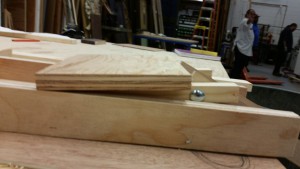
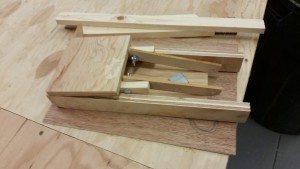
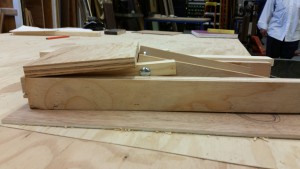
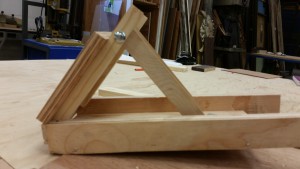
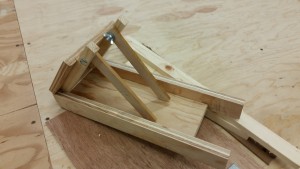
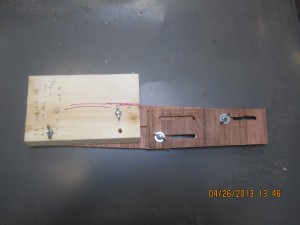
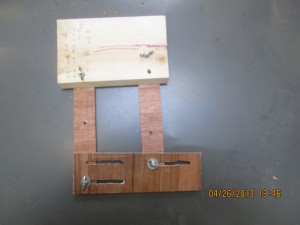
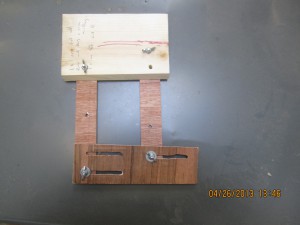
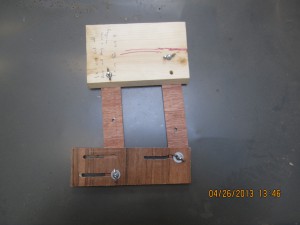
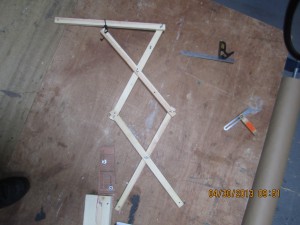
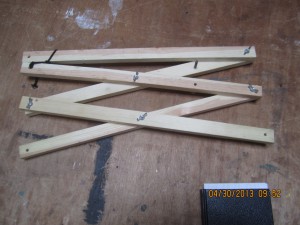
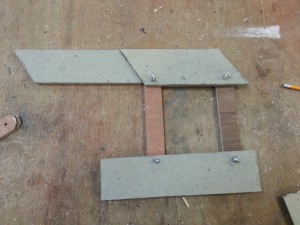
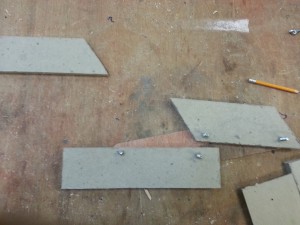
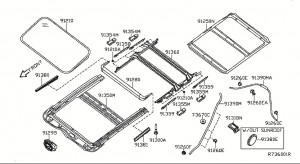
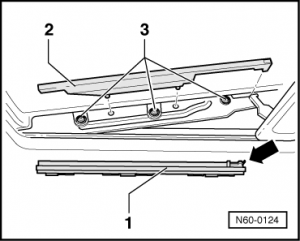
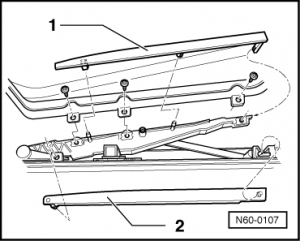
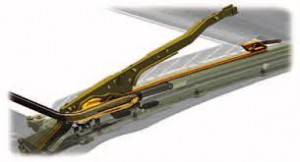
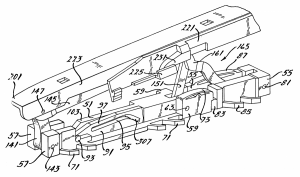
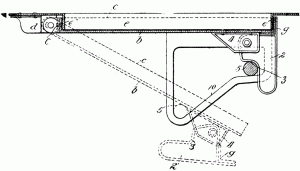
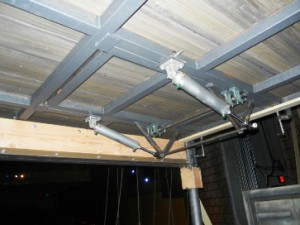 Sliding hinges used in windows uses the same forward force that swings the window out also moves it center. I want to adapt this design to have the whole arm slide on a track to prop the base of my trapdoor to the stage.
Sliding hinges used in windows uses the same forward force that swings the window out also moves it center. I want to adapt this design to have the whole arm slide on a track to prop the base of my trapdoor to the stage.
